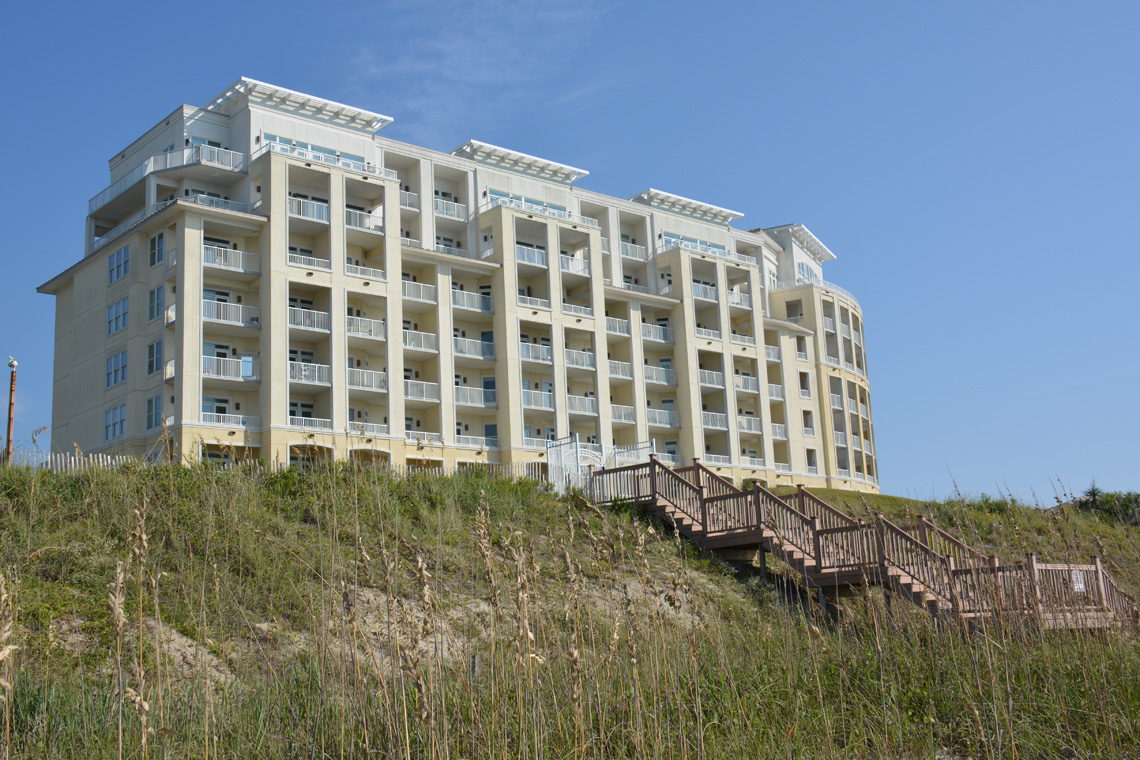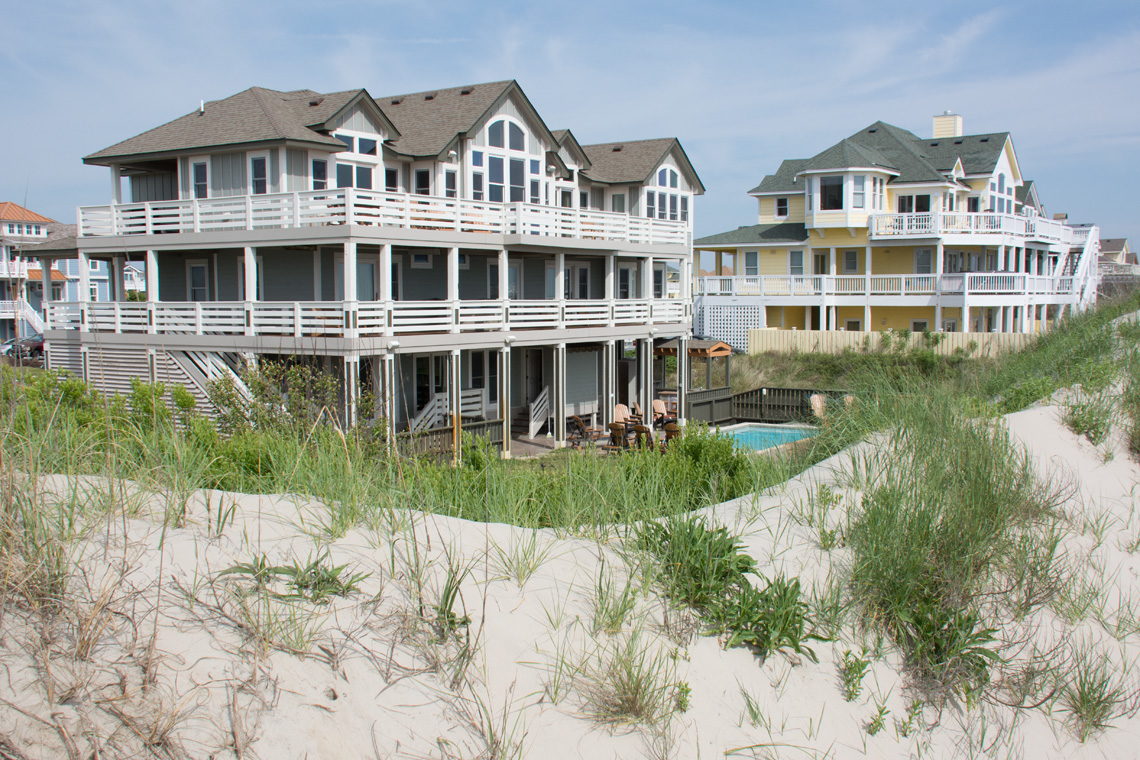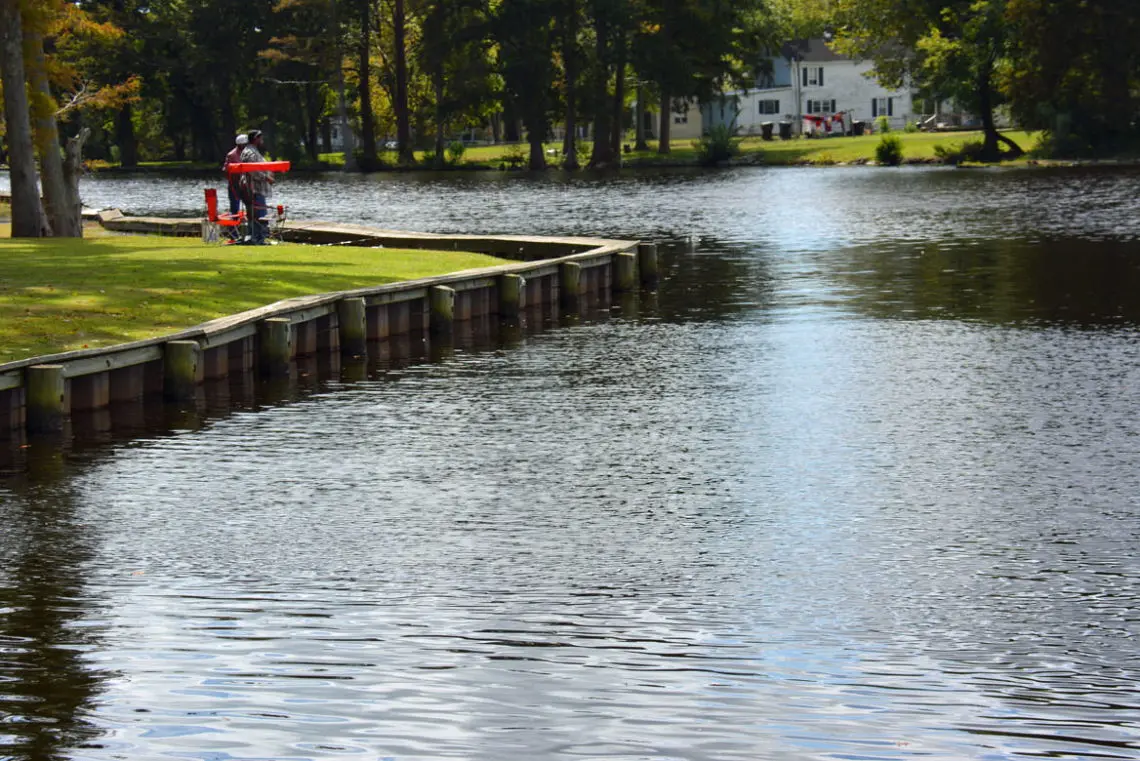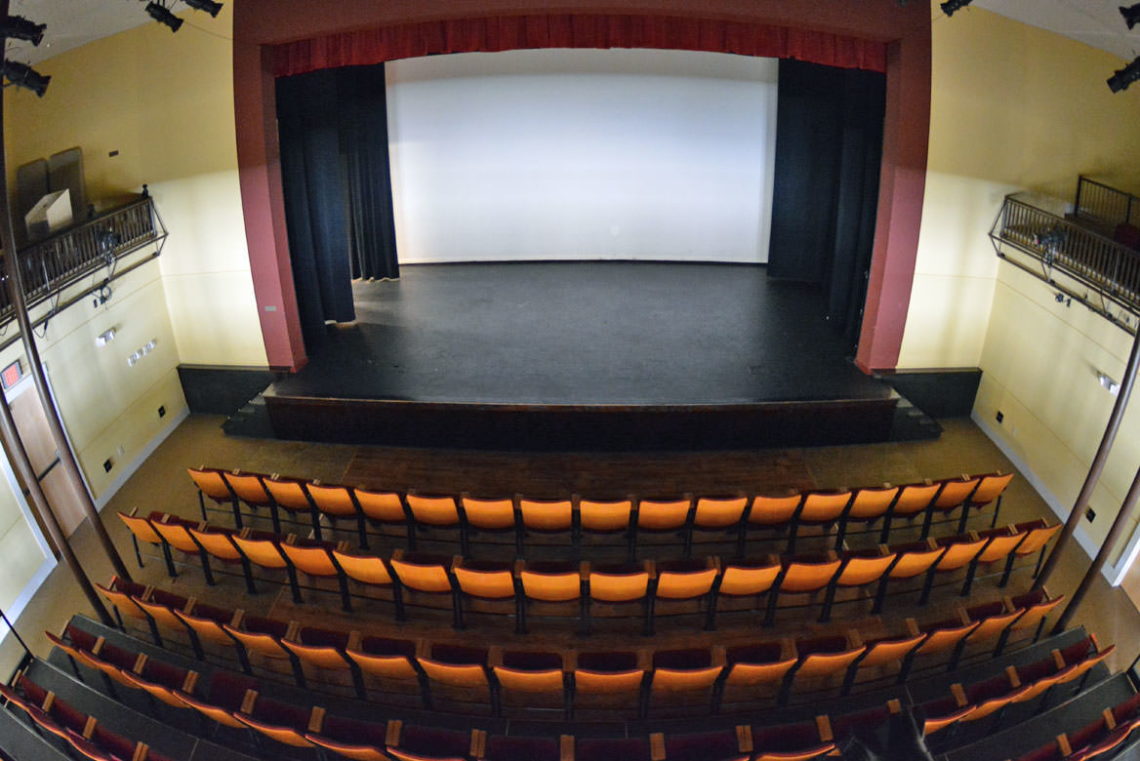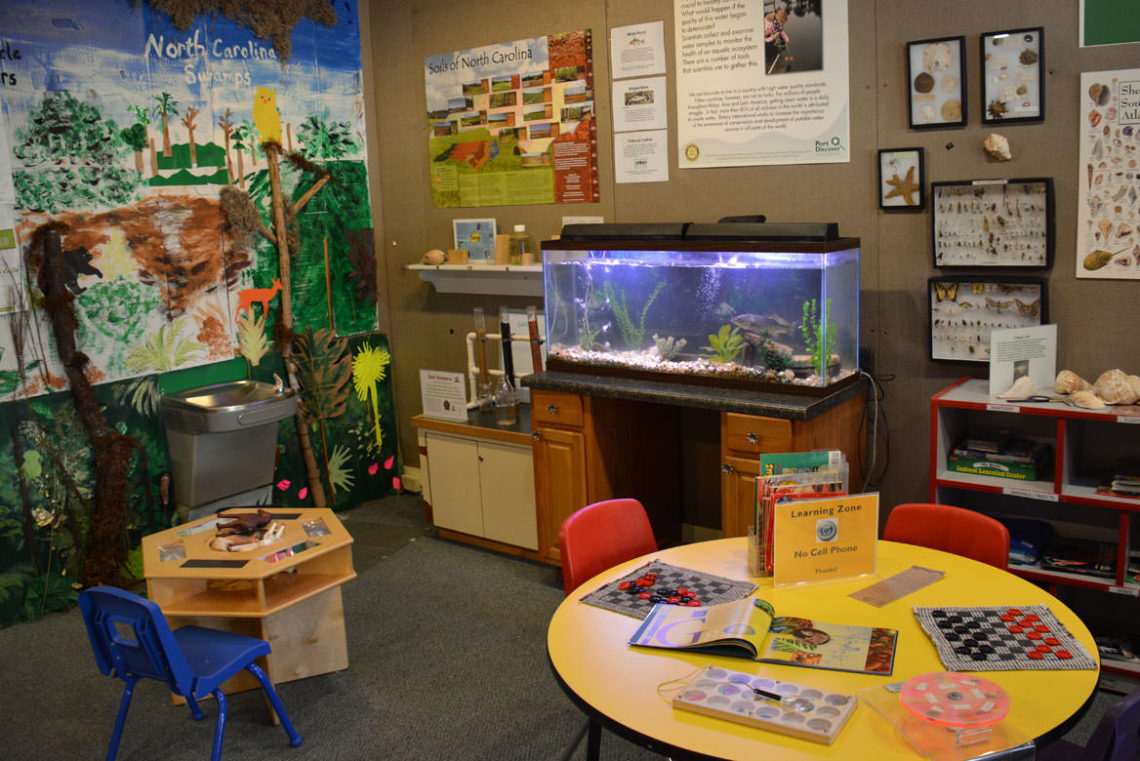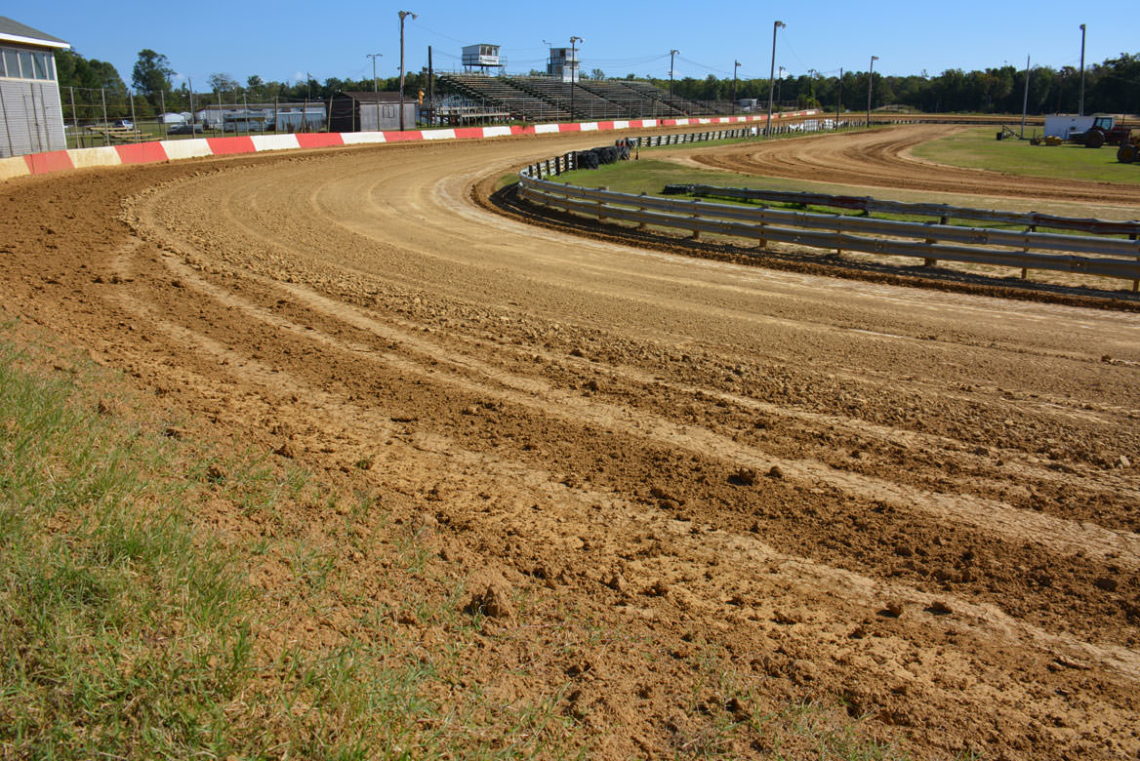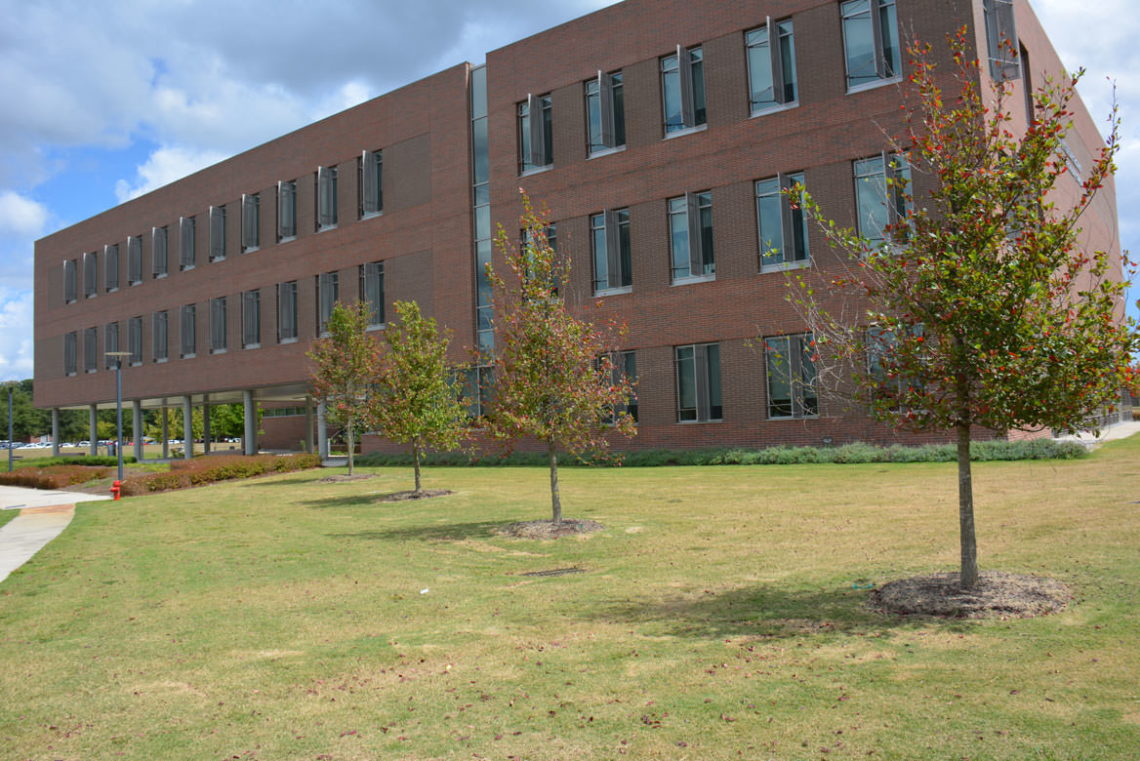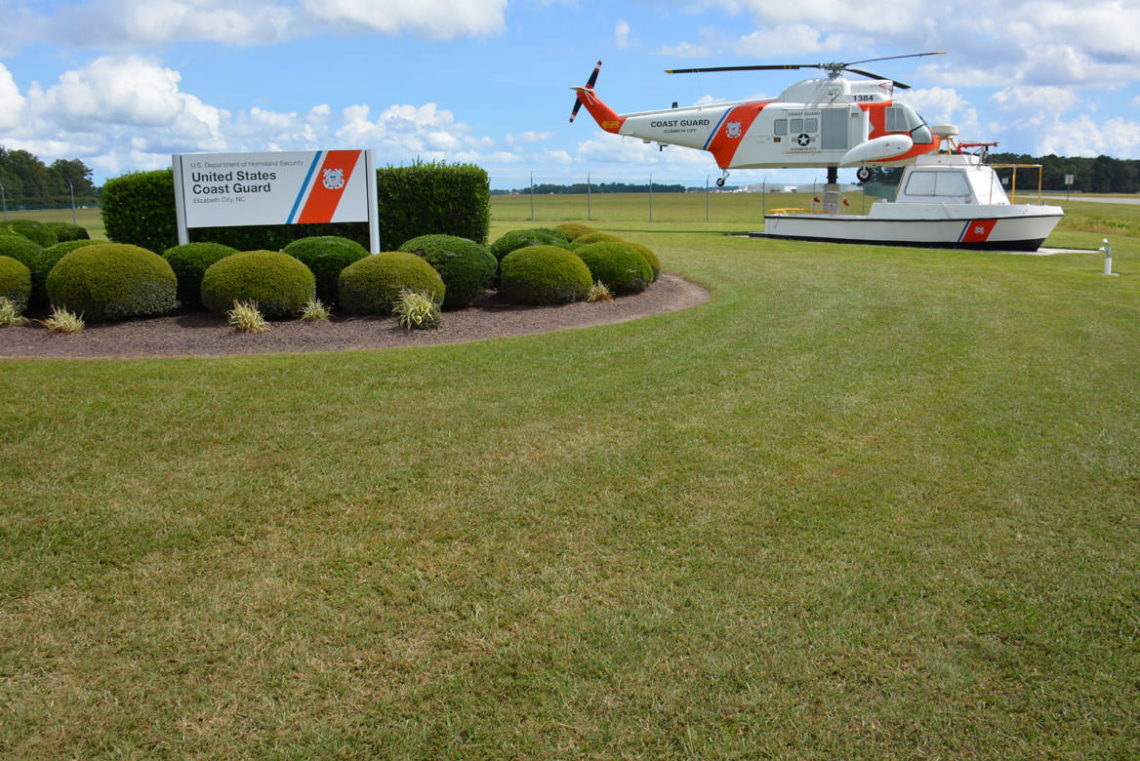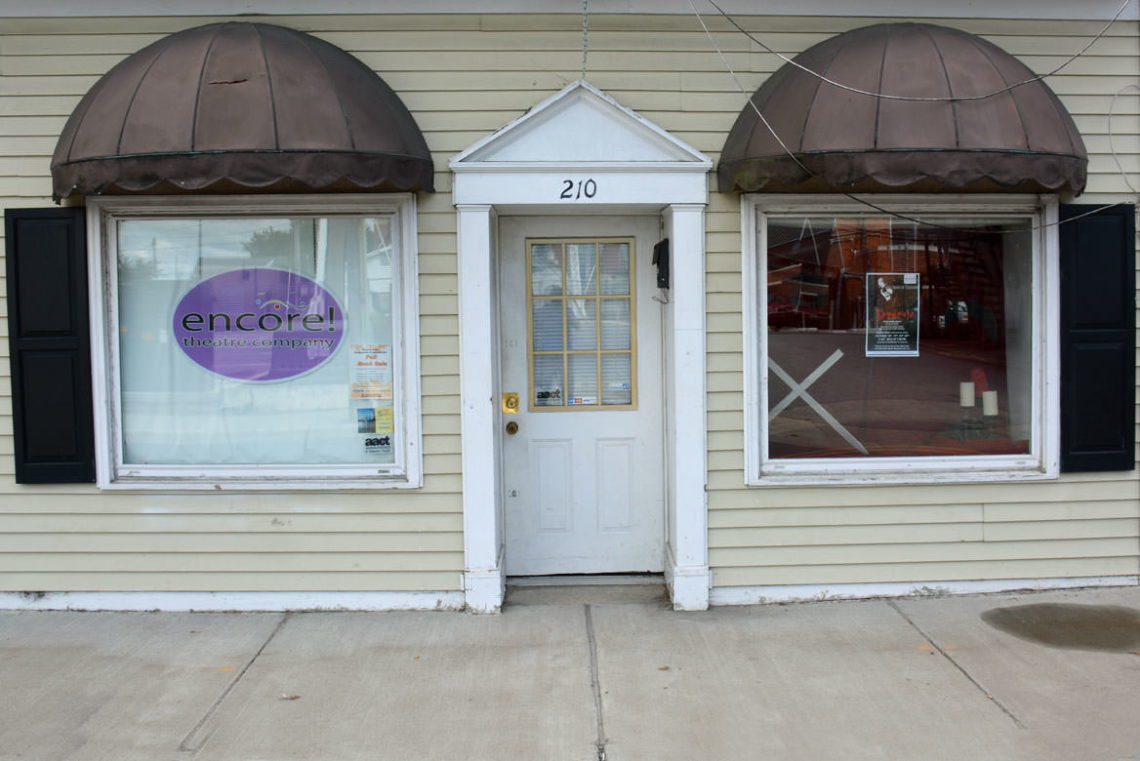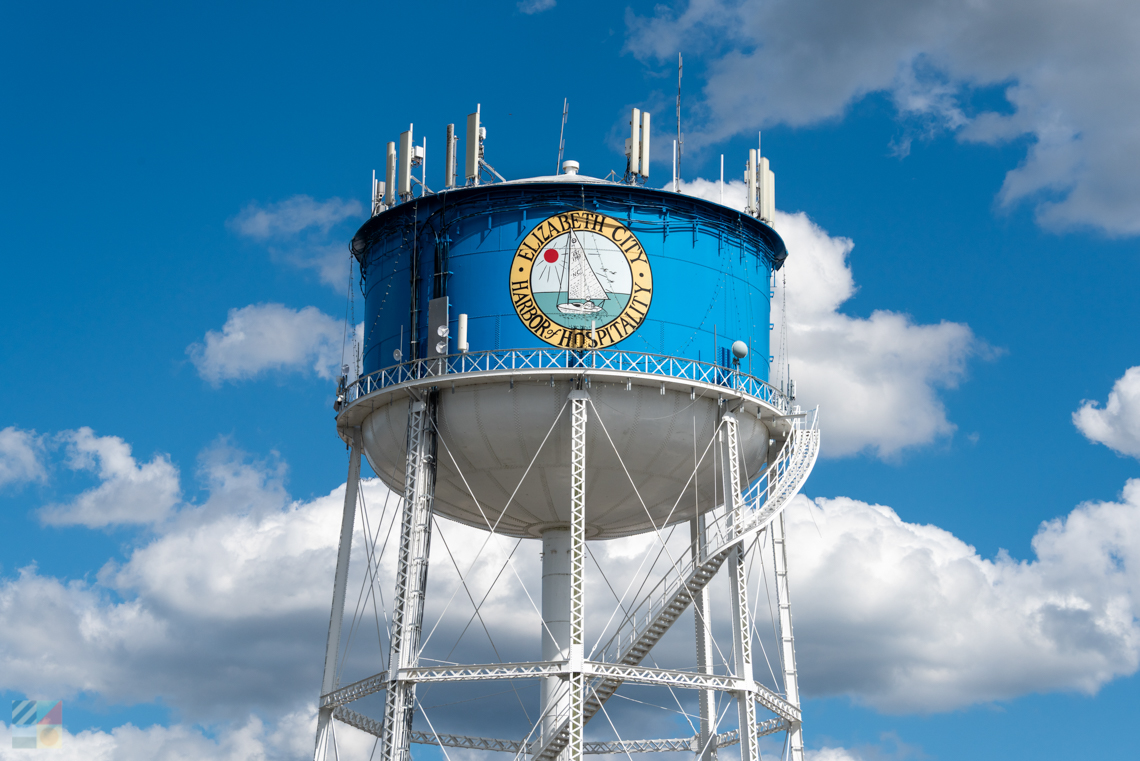
Elizabeth City has a unique geographic location right along the banks of the Pasquotank River that's just a few miles away from the wide open waters of the Albemarle Sound, and is relatively close to the Outer Banks and the Atlantic Ocean. Known as the "Harbor of Hospitality," this distinctive locale has allowed Elizabeth City to develop as both a commercial and tourism hub, with a long wide waterfront that's ideal for shipping and sightseeing alike.
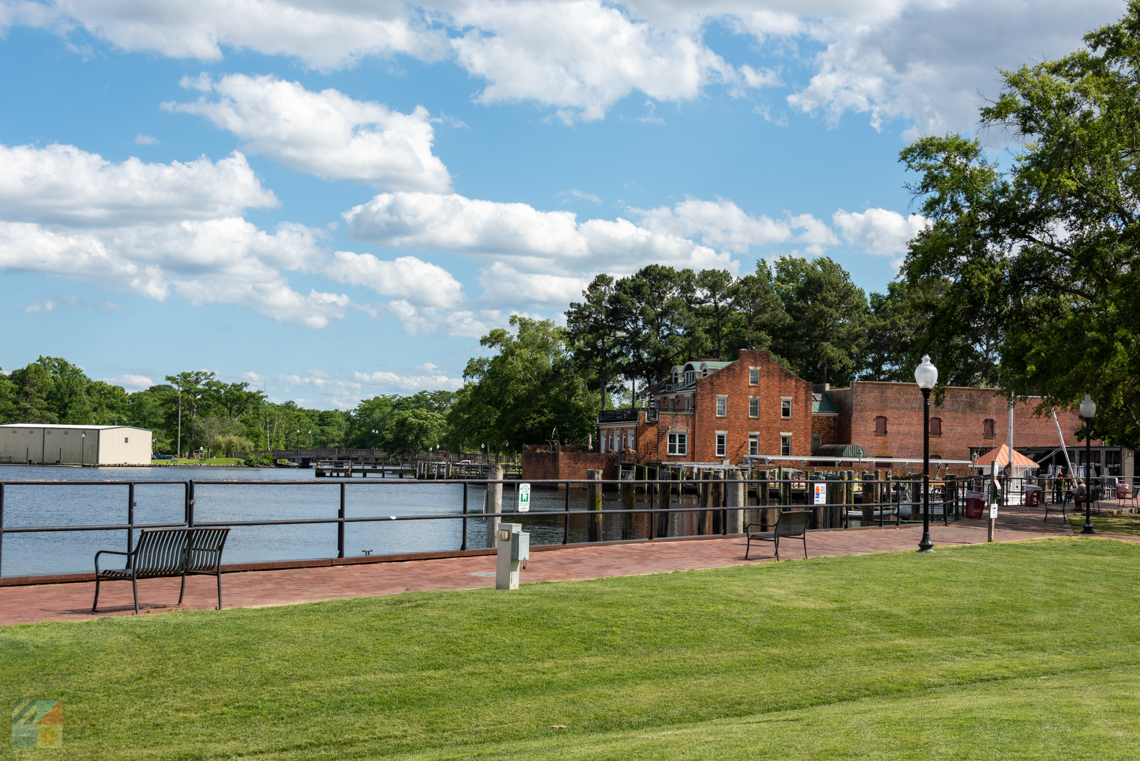
In fact, many new visitors consider the "city" to be an interesting mix of authentic coastal living and unique tourist attractions, which makes it a perfect destination for a long weeklong visit, or even a daytrip originating from the neighboring Outer Banks or Virginia Beach regions.
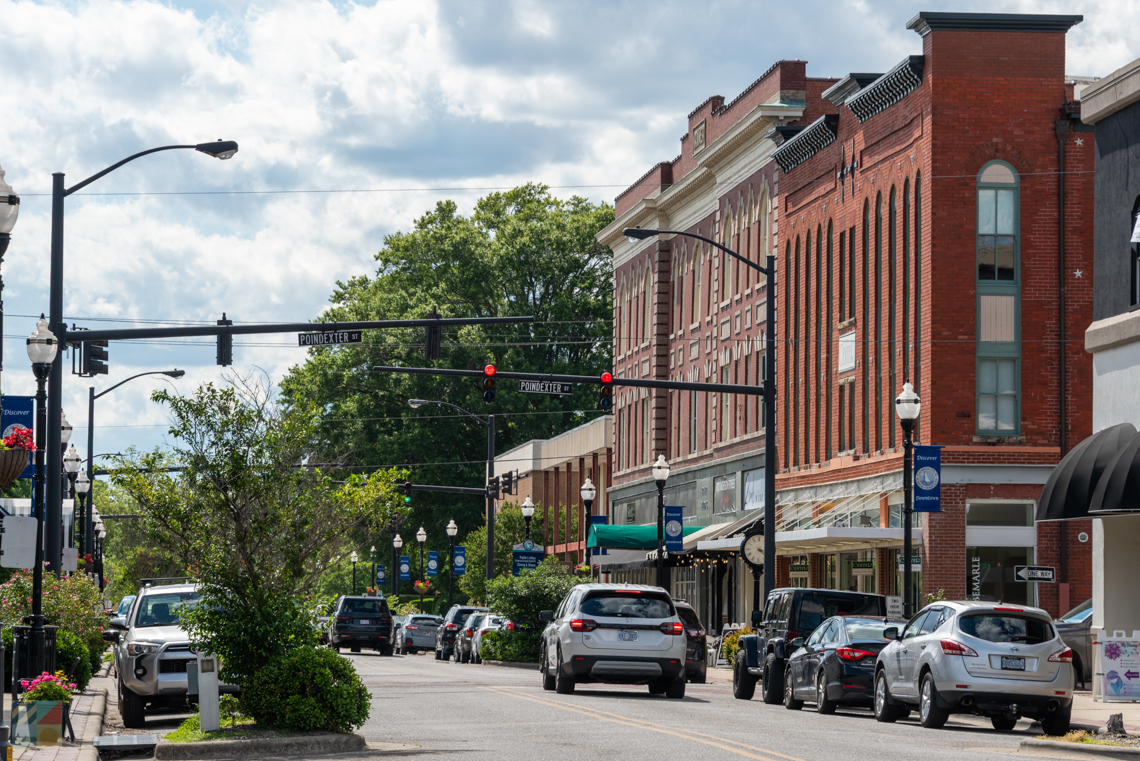
As it turns out, it was because of this riverfront proximity that the Elizabeth City was originally founded and eventually thrived on a small scale. By the mid-1700s, it was determined that the region, which was close to both the ocean and the Pasquotank River, would be a perfect spot for the burgeoning shipping trade, and a number of small roads, schools, and essentially an entire community, was built to accommodate this growing need. When the construction of the Dismal Swamp Canal began in 1793, the North Carolina Assembly, the ruling body at the time, incorporated the town, naming it "Redding" at first, then "Elizabethtown," and then finally, to avoid confusion with another Elizabethtown that was planted in the region, "Elizabeth City," which became its official title in 1801.
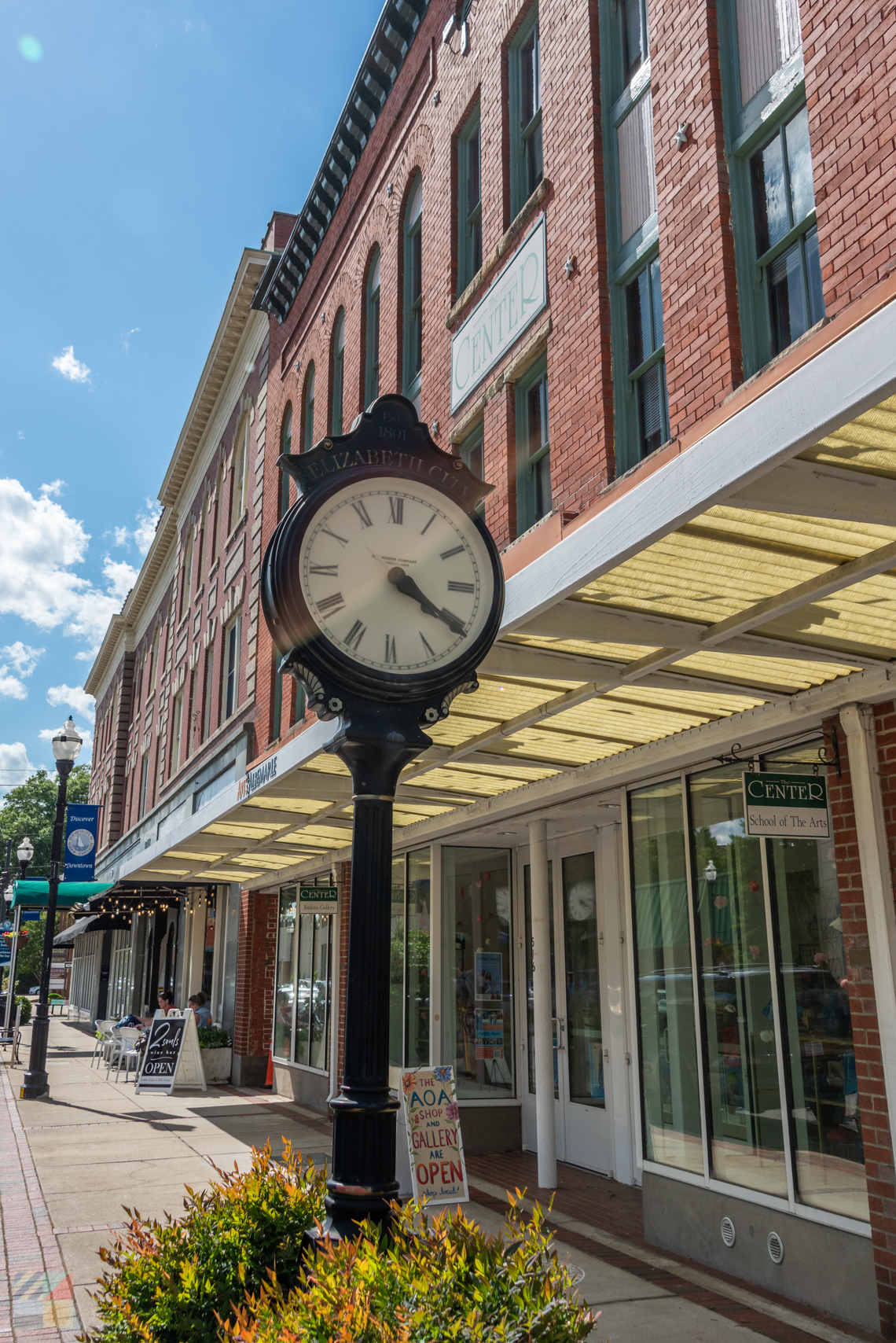
The roots of the name may seem obvious at first - a nod to the famed English Queen, Elizabeth I - but the name's origin has undergone some controversy since the town was established. In fact, it's still not entirely clear whether the town's name honors Queen Elizabeth, who spearheaded the expeditions to the North Carolina New World coastline 200 years before the town was formed, or honors longtime local resident Elizabeth "Betsy" Tooley, a popular tavern owner who gave much of the land for the new town to be established. This question has never quite been answered, and remains in heated debate even today, but nevertheless, after its initial founding, the town clearly flourished.
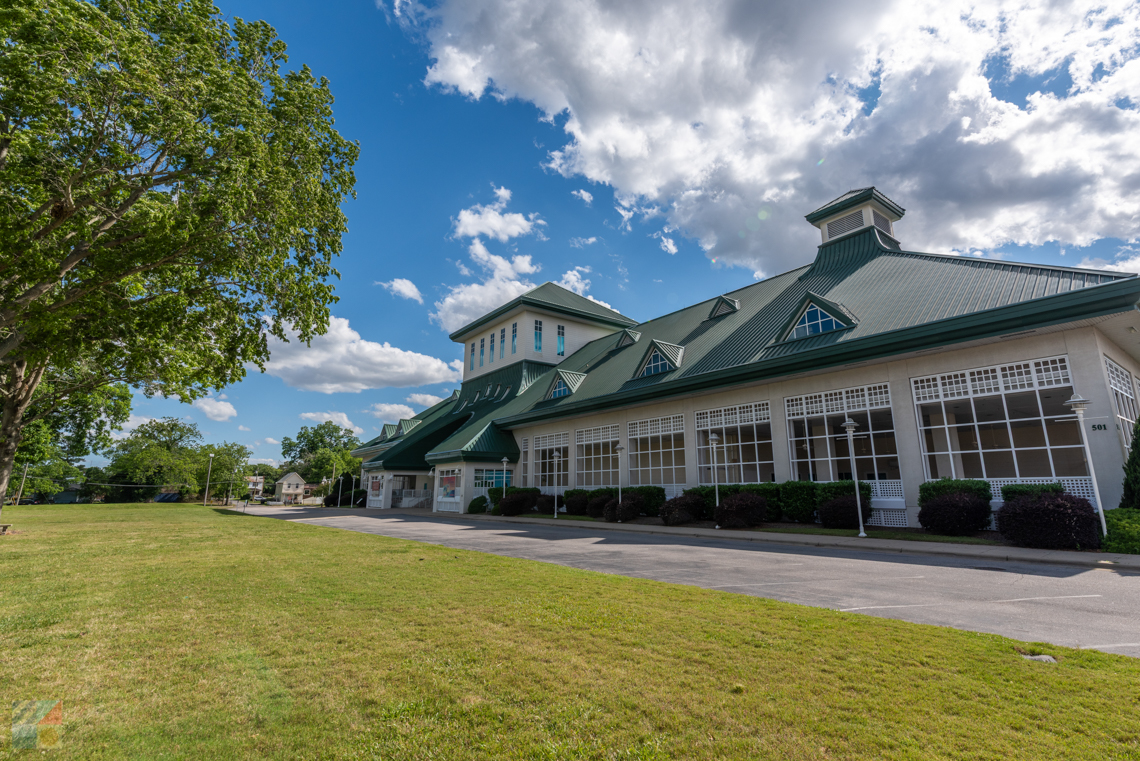
The Dismal Swamp Canal renovations essentially made the city a veritable center for trade and commercial business in the early 1800s, and with these early signs of initial success, local and national governmental agencies went to work securing funds to expand the canal even more. A customs house was subsequently built in 1827, moving the majority of Inner Banks trade from neighboring Camden County to Elizabeth City, and furthering the town's reputation as a blossoming American center of trade and business.
In the 1850s, just as a new, deeper channel was constructed for merchants shipping goods from the Albemarle Sound to the expansive city of Norfolk, commercial fishing became a city-wide industry as well, as mariners realized they were just miles away from the wide open Albemarle Sound waters as well as the Atlantic Ocean. The waterfront shipping industry that had made the town so popular dwindled somewhat with the establishment of the Elizabeth City and Norfolk Railroad in 1881, which made maritime trade not as essential, and the economy leveled altogether after World War II, as both maritime and railroad shipping, especially along the now sparsely developed northeastern North Carolina coastline, gradually disappeared.
Elizabeth City subsequently lost its luster as a shipping hub, but in the late 1990s, found a new purpose as a unique tourist destination. At the time, the notoriety of the adjacent "Outer Banks" was reaching a plateau and newcomers and longtime visitors alike were suddenly curious about the "Inner Banks" communities that were scenically waterfront and beautiful, but still held a genuine and authentic southern charm. In this time period, the city underwent a decades-long downtown renovation project that aimed to return the city to its former glory. As a result, a new conference center was built, as well as a new arts center, theater and museum, all aimed at gaining attention to this remarkable Albemarle community.
With the help of local institutions like the Elizabeth City State University and the Coast Guard Air Station Elizabeth City, the initiative paid off, and today, Elizabeth City is a rapidly developing region for tourism, second homes, and new locals from all around the state and beyond.
This new dedication to increased tourism and city-wide pride has lead, effectively, to the development of a number of different and diverse attractions. Local museums such as the Museum of the Albemarle and Port Discover shed new light on the ecological and historically important aspects of Elizabeth City, while cultural institutions like the Encore Theatre Company, the Downtown Waterfront Market and the Arts of the Albemarle give visitors plenty to explore on and off the waterfront.
The downtown region is an especially popular spot with new visitors, with a far-reaching variety of shops to uncover, including antique stores, boutiques, and a wealth of coastal galleries, in addition to a growing number of highly acclaimed cafes, bistros, and eateries. There are nearly 90 restaurants in Elizabeth City, in fact, with fare that ranges from upscale waterfront delicacies to low-key Eastern Barbecue joints. Virtually every taste can be accommodated, and newcomers will have no trouble finding the coastal southern staples, including fresh seafood and down home cooking.
For accommodations, visitors will find a wide selection of national chain hotels and locally run motels in addition to an assortment of waterfront or downtown vacation rentals, as well as five historic and cozy bed and breakfasts. Essentially, Elizabeth City is large and diverse enough to cater to a wide variety of party sizes and tastes, whether it's a romantic getaway for two, or an extended fishing trip with the crew. The options are many, and unless a stay coincides with a big regional event like a large scale convention or the annual Taste of the Albemarle Festival, finding a place to stay should never be an issue.
Part of the town's allure is also the number of diverse events available, and newcomers should brush up on the local events which range from First Friday Art Walks to Saturday mornings at the Downtown Waterfront Market. A complete list of upcoming events can be found online at http://www.discoverelizabethcity.com/events/index.html, and new visitors are encouraged to show up to any event that peaks their interest, and join in the fun.
Elizabeth City certainly seems like it's a far cry from its industrial and shipping routes, but this hub of Pasquotank County still honors its far-reaching past while elevating its cultural offerings for new visitors and local residents alike. A relatively small city of less than 10 square miles in area and slightly more than 18,000 residents, Elizabeth City is nevertheless making waves in the Inner Banks as the new standard for eastern North Carolina tourism. Take a daytrip or a weekend visit, and discover the historical, cultural, natural, and altogether engaging elements that make this destination a must-see during any coastal exploration of North Carolina.
